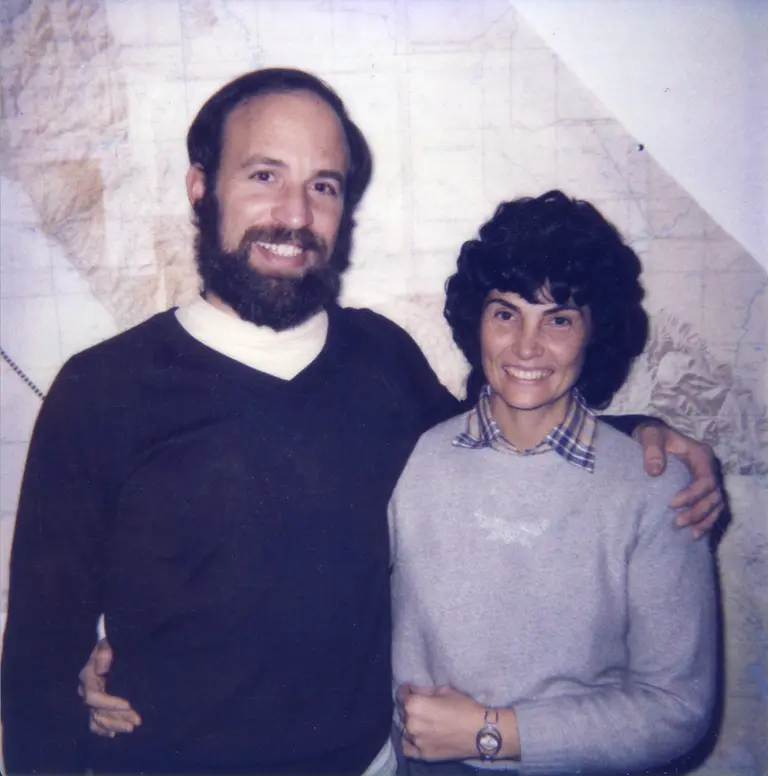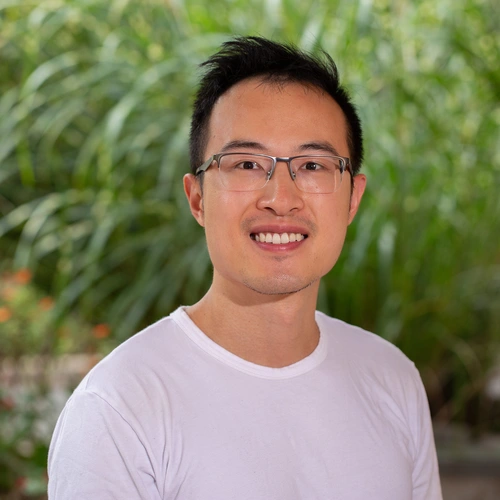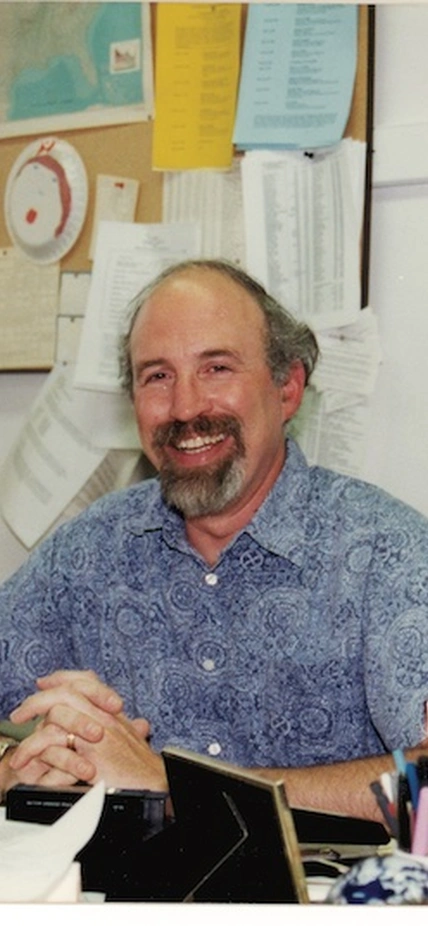On August 7, 2009, Carnegie seismologist and geophysicist Paul Gordon Silver and his daughter Céline were killed in a tragic automobile accident in North Carolina. Silver’s death was a loss to the scientific community and to all who were lucky enough to know him. Now, Carnegie honors his legacy with the appointment of rock physicist Ningli Zhao as the first Paul G. Silver Postdoctoral Fellow. The named fellowship is designed to fuel an early-career scientist’s passion for seismology and geophysics.
The legacy of Paul Silver
Silver joined the Research Staff at the Carnegie Institution’s Department of Terrestrial Magnetism (now a part of the Earth and Planets Laboratory) in northwest Washington, D.C, in 1982 after a first career as a jazz drummer. Despite—or because of—his nontraditional background, Silver became an international leader in understanding how earthquakes are triggered and how they interact with each other.
Silver made a series of important contributions to earthquake research by observing the slow redistribution of stress and strain in the Earth. He is widely recognized for developing the techniques to determine the direction-dependence of seismic wave speeds in the Earth’s upper mantle, a procedure now in widespread use to study the patterns of convective flow in the Earth’s interior and the processes by which the continents were assembled.
A man of exceptional creativity and consistent good humor, Silver served as a mentor and collaborator to younger scientists throughout his career. He loved the challenge of a friendly scientific debate as much as he loved a quick round of ball on the basketball court. Many of the students and postdoctoral scientists who worked with Silver while at the Carnegie Institution continued to collaborate with him for years thereafter, testimony to the positive influence that he had on the careers of many now active in Earth science.
A fellowship in Silver’s honor

Silver left behind his beloved spouse, Dr. Nathalie Valette-Silver, a respected researcher in her own right, and his daughter Karen. In 2019, in commemoration of the 10th year of Silver’s death, Valette-Silver created an endowed fund, the Dr. Paul G. Silver Postdoctoral Fellowship. This fund will honor Silver’s legacy by supporting a postdoctoral fellow conducting research in Earth or planetary sciences—with a preference for research in seismology and geophysics.
Sadly, Dr. Nathalie Valette-Silver passed away in June 2022.
Dr. Nathalie Valette-Silver was an oceanographer and marine geochemist who spent the majority of her career working as a scientist with the National Oceanographic and Atmospheric Administration. However, when Paul Silver joined Carnegie as a staff member, she briefly joined him at Carnegie as a postdoctoral fellow.
Valette-Silver fondly remembered her time working together with her husband at Carnegie. She recalled, “We both flourished at Carnegie. We were free to think and to invent, and for Paul, this was especially important because he was a very creative person. I established the Dr. Paul G. Silver Postdoctoral Fellowship to give others the same opportunities Paul and I were fortunate enough to have at Carnegie Science.”
Introducing the first Paul G. Silver Fellow

Ningli Zhao will be the first postdoc to receive the Paul G. Silver Postdoctoral Fellowship.
Postdoctoral fellowships are one of the greatest possible investments an institution can make to developing the scientific leaders of today and tomorrow. In honor of Paul Silver, Carnegie is awarding the first Dr. Paul G. Silver Postdoctoral Fellowship to rock physicist Ningli Zhao.
Ningli Zhao will be the first postdoc to receive the Paul G. Silver Postdoctoral Fellowship.
Zhao received his Ph.D. in geophysics from Brown University in 2021, after which he joined the Earth and Planets Laboratory as a postdoctoral fellow in October. Now, as the first Silver Fellow, Zhao will model the dynamic evolution of the earth mantle using updated rock physics recently constrained experimentally.
“I feel greatly encouraged and truly honored to receive the fellowship named after Paul Silver,” writes Zhao. “Paul's pioneering work on seismic anisotropy and earthquake mechanisms have reached far beyond the seismology community; as a student of rock physics, one of the first papers I read was by Silver and his group.”
Zhao’s work spans scales to bring new understanding to the inner workings of our world and is representative of the type of multi-disciplinary and boundary-pushing work that Carnegie aims to cultivate. He works with Staff Scientist Peter van Keken to apply microphysical observations from the lab to global scale geodynamic modeling. He uses his novel approach to rock physics to understand the role of diffusion creep in subduction zones. His work aims to both answer questions of Earth’s inner dynamics and evolution and to better understand planetary dynamics in general.
EPL Director Richard Carlson commented “Although Paul’s scientific interests were boundless, one of the areas where he made a huge contribution is mantle geodynamics, studying the consequences of the forces that drive plate tectonics and mantle convection. The combination of Ningli’s expertise in rock physics and Peter van Keken’s expertise in modeling mantle convection will help us understand the physical factors that control the mantle motions that Paul’s work so elegantly imaged.”
Holding a named fellowship is an honor for an early-career scientist; it elevates the profile of the person who holds the position and honors the legacy of those who are named. The Carnegie Institution for Science uses named fellowships to cultivate the best and brightest and prepare young scientists to be pathbreakers and leaders in their respective fields.
In this spirit, the legacy of Paul Silver will continue with Zhao and future Silver Fellows.
Supporting science
“It is more important now, maybe than at any other time, that we support the institutions, places, and people who are dedicated to getting the facts and the science right,” said Nathalie Valette-Silver. “I believe strongly that Carnegie is one of these places. I want to support its continued spirit of freedom in scientific pursuits and its place at the vanguard of discovery.”
If you would like to contribute to the Dr. Paul G. Silver Postdoctoral Fellowship fund or support our work through a donation, please contact Lisa Harter at lharter@carnegiescience.edu.
Visit Ningli Zhao's profile